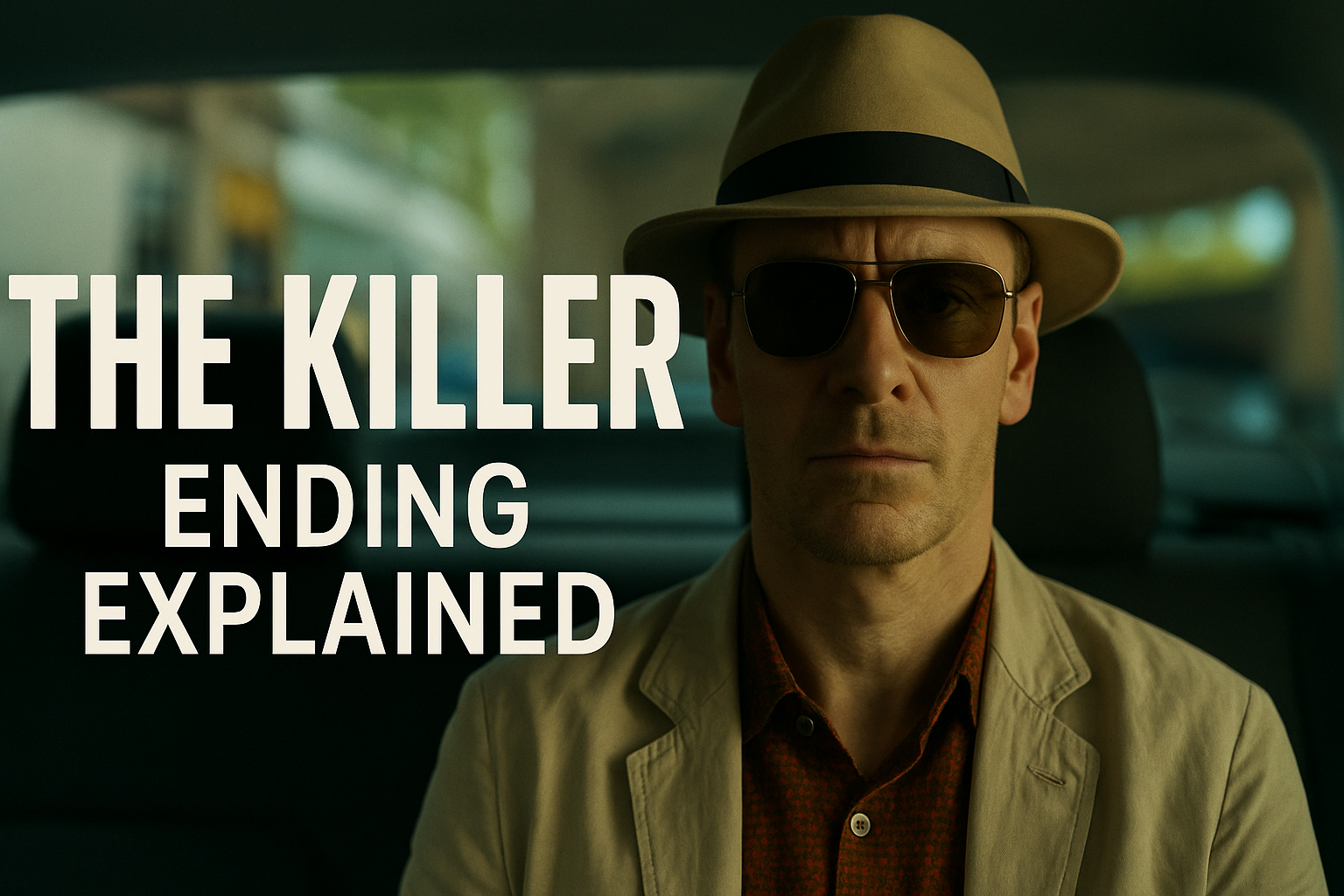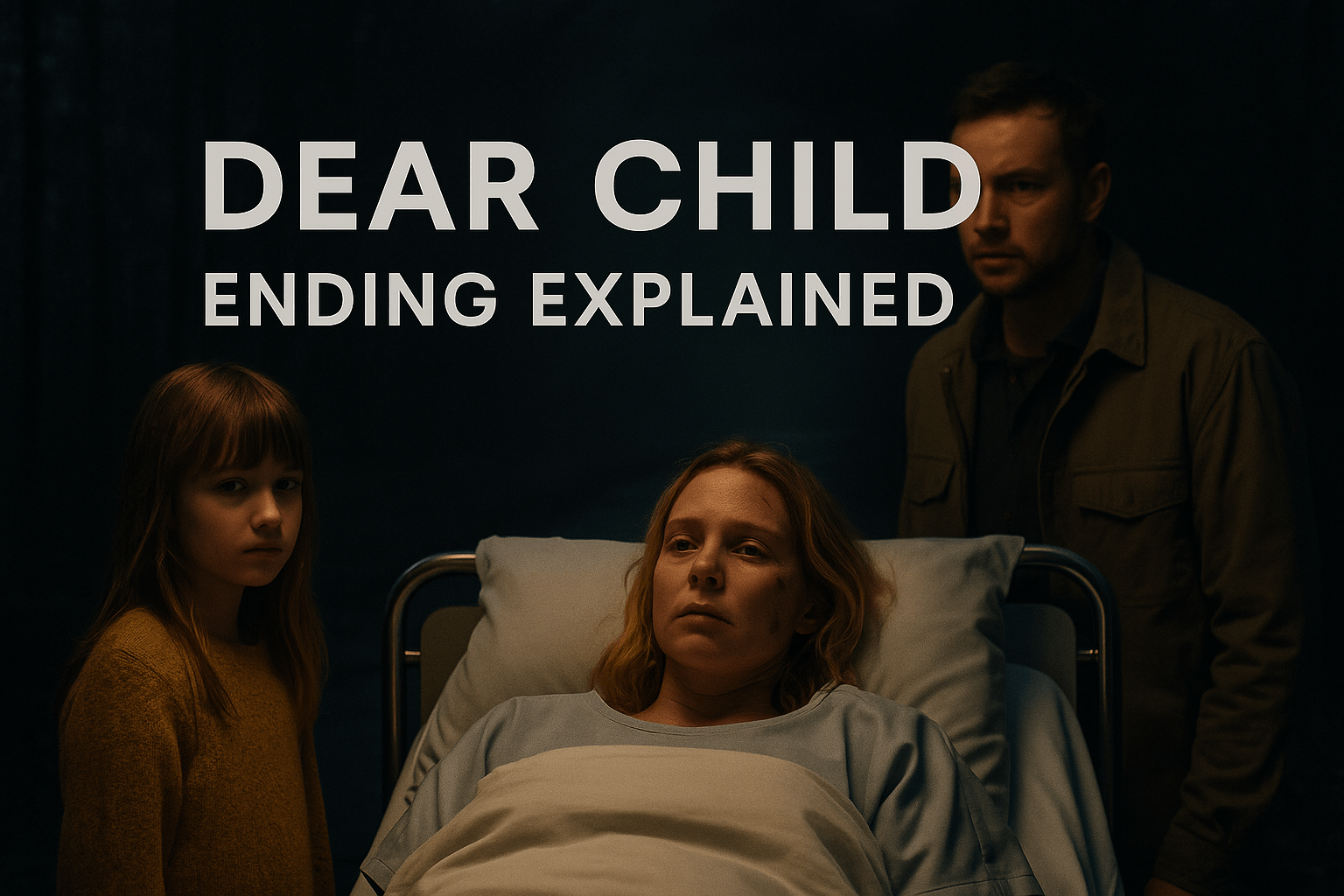
David Fincher’s The Killer (2023) delivers a clinical, meticulous look at the life of a professional assassin. It’s not a flashy action film but a deep dive into precision, paranoia, and philosophy. The ending leaves viewers wondering: Has the killer changed? Has he won? Or is the quiet finale more haunting than a bloodbath?
The Killer Movie Ending Explained – Inside the Mind of a Cold-Blooded Perfectionist
Let’s break it down.
Quick Plot Recap – The Anatomy of a Hitman
The movie follows a nameless assassin (played by Michael Fassbender), who lives by a strict code:
“Stick to the plan. Anticipate, don’t improvise. Trust no one.”
After a botched hit in Paris, the killer becomes the target. His client retaliates, attacking his girlfriend in the Dominican Republic. What follows is a global hunt as he eliminates everyone responsible — from intermediaries to the client himself.
Each hit is surgical. The killer narrates his steps in chilling voice-over, revealing more about his method than his emotions.
The Final Hit – And the Twist
The climax arrives when the killer confronts Claybourne, the billionaire client who ordered the retaliation. But unlike the previous targets, the killer spares him.
This final decision — not killing the man ultimately responsible — is what confounds viewers.
Why Did the Killer Spare Claybourne?
Several interpretations exist:
1. Strategic Apathy
The killer realizes Claybourne isn’t a threat. He’s just a wealthy coward who paid others to clean up his mess. Killing him would draw unnecessary attention.
This aligns with his mantra: “Stick to the plan. Don’t improvise.”
2. Evolution of Conscience
Throughout the film, the killer insists he has no feelings — but his actions suggest otherwise:
- He checks on his girlfriend’s recovery.
- He shows mercy to Dolores, the secretary.
- He questions his own rules.
By sparing Claybourne, he might be showing signs of humanity.
3. Ultimate Control
Sparing Claybourne is the ultimate flex. He decides who lives — not out of mercy, but dominance. The killer lets Claybourne live with the knowledge that he could be taken out at any moment.
It’s power, not peace.
Symbolism in the Ending
- Tropical Paradise: The killer returns to the Dominican Republic and lies in a hammock — relaxed, yet aware. The tranquil setting contrasts with his inner vigilance.
- No Background Music: Silence mirrors emotional detachment and cold precision.
- The Killer’s Journal: His voice-over stops — possibly signaling the end of his internal monologue, and maybe his career.
Themes in the Finale
1. Isolation and Detachment
Despite all his skill, the killer lives alone, eats McDonald’s, and sleeps in anonymous hotels. The ending reinforces that perfection breeds loneliness.
2. Obsession with Control
Every step in his job is measured — down to how to open a door or select a bike. But sparing Claybourne shows that true control includes unpredictability.
3. Moral Ambiguity
There’s no hero here. But we’re not asked to root against him either. The film asks: Is it better to be right or safe? Precise or principled?
Did the Killer Retire?
The final scenes suggest he’s stepping away:
- He deletes his digital trail.
- He returns to his girlfriend.
- He relaxes — almost.
But we’re never told explicitly. Like everything else in The Killer, it’s left intentionally vague.
Fincher’s Style and Intent
Fincher’s trademark coolness permeates the film:
- Static shots, muted tones, and minimal dialogue.
- The narration offers insight, but is intentionally unreliable.
- The film critiques capitalism, isolation, and efficiency-obsessed modern life.
It’s American Psycho meets John Wick — minus the showboating.
Final Thoughts
The Killer ends not with a bang, but with a slow exhale. It’s not about redemption or justice — it’s about control, clarity, and quiet dominance.
The killer may not have changed fundamentally. But he’s learned that survival sometimes means letting go of the rules — and the rage.
FAQs
Q: Why didn’t the killer kill Claybourne?
A: Possibly because he posed no threat — or because the killer evolved past blind vengeance.
Q: Is the killer retired now?
A: It’s implied, but not confirmed. His return to normal life hints at closure, but not certainty.
Q: Is The Killer based on a book?
A: Yes — it’s based on the French graphic novel series Le Tueur by Alexis Nolent and Luc Jacamon.
Q: What does the ending mean?
A: That power is quiet, decisions are cold, and sometimes the deadliest man in the room is the calmest.




